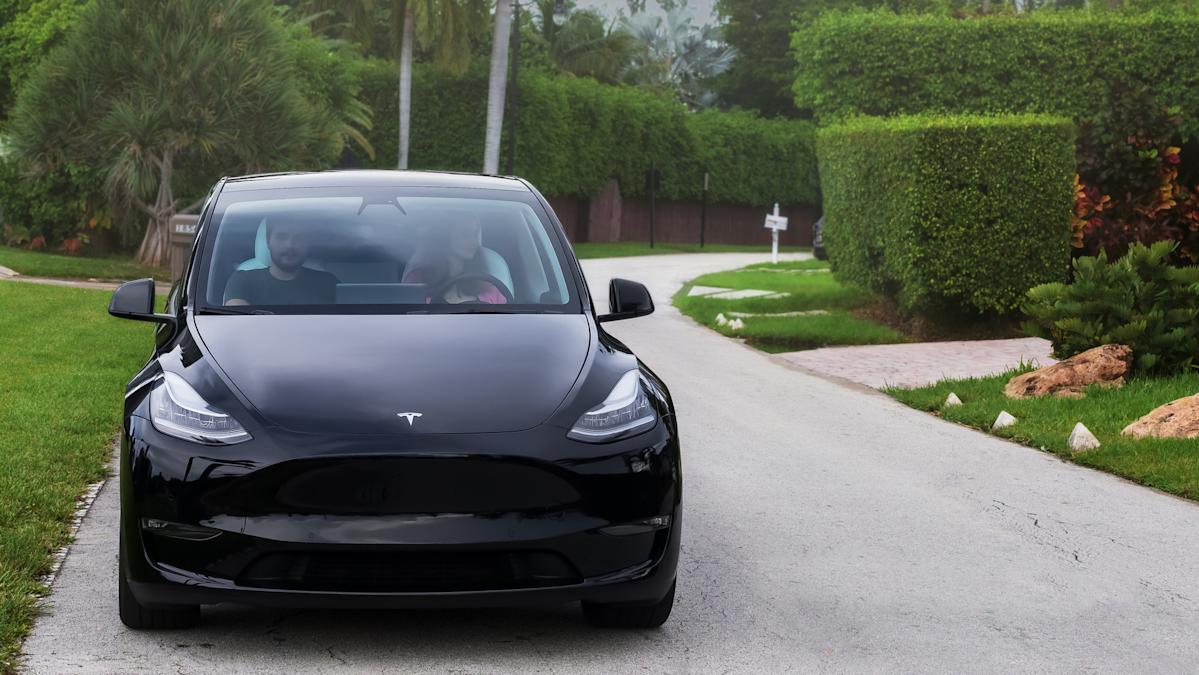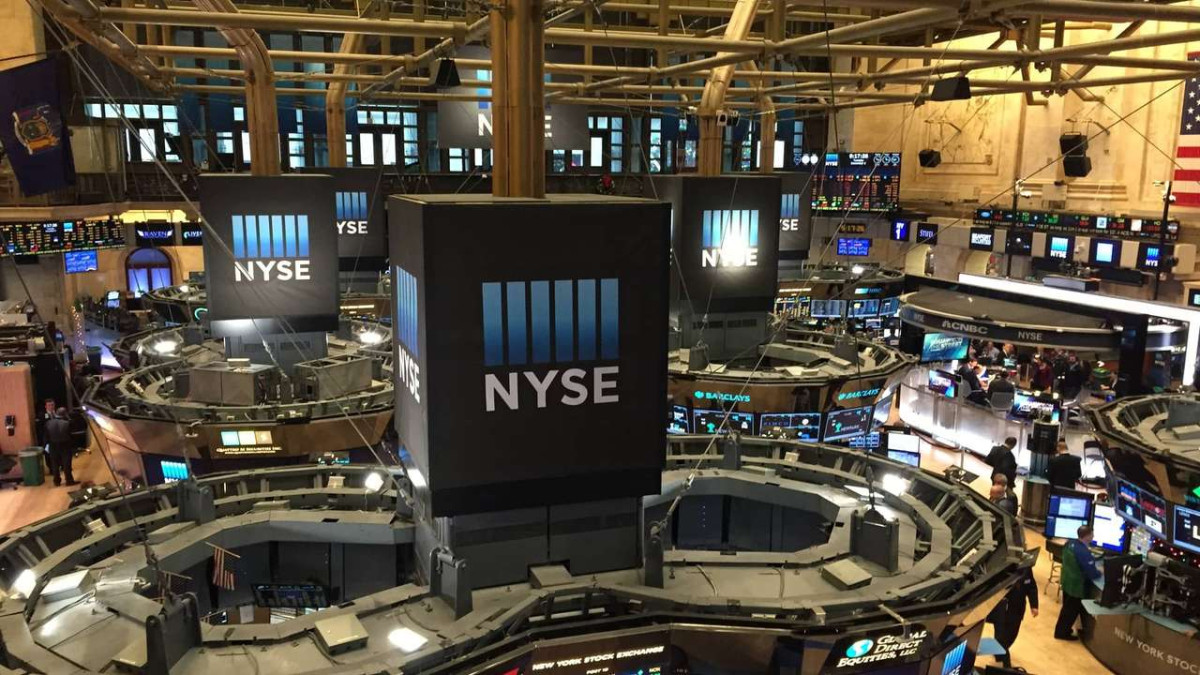
Things to Consider When Buying Tesla Stock


Tesla is an important technology company that many investors initially overlooked but now view as a sought-after stock. However, there are some risk factors to consider before investing in Tesla.
Currently, Tesla’s market value is set at 1.434 trillion dollars. However, according to NPR, the company’s profit decreased by 13.5% in the second quarter. In the third quarter, there may be a temporary increase in revenue due to an increase in electric vehicle (EV) purchases driven by tax incentives, but this may not translate into long-term gains.
As of October 10, 2025, Tesla’s price-to-earnings ratio (P/E ratio) is recorded at 258.73. This ratio indicates how much investors are willing to pay for each dollar of earnings from a company. In other words, Tesla investors are paying more than 250 dollars for every dollar of profit. In comparison, Ford Motor Company has a P/E ratio of 14.80, and Nvidia has a P/E ratio of 55.08.
Tesla is not only an automobile company but also has many new business ventures related to autonomous driving and robotics technology. If these projects develop as expected, the company’s performance will align with expectations. However, the market’s approach to projects that are still in development is concerning.
The top executive, Elon Musk, represents both an asset and a risk for Tesla. His creative vision has contributed to the company’s current position; however, his focus on various new ventures may lead to distractions. Musk's political statements are tied to regulatory decisions that could affect the future of the business.
This year, Tesla experienced the Tesla Takedown event, which was a boycott against Musk's public image. A study published by the National Bureau of Economic Research claims that these behaviors have cost the company 1.25 million vehicles in the last three years. Considering that each vehicle is estimated to be worth an average of 40,000 dollars, this results in a significant opportunity cost.
Production subsidies and incentives that encourage electric vehicle purchases greatly support the development of companies like Tesla. If such programs end, the costs of electric vehicles may rise, which could affect Tesla’s profits.
Tesla is not the first company to develop electric vehicles; this dates back to the 1800s. However, the introduction of the Model S made electric vehicles a luxury, and Tesla has risen to a leadership position in this area. According to Car and Driver, there are currently 30 different companies selling electric vehicles in the U.S. Many brands, from Fiat to Rolls Royce, have started offering electric alternatives, which may lead to cost pressures.
Every investor holding Tesla shares knows how volatile the stock can be. From the beginning of the year to October 10, 2025, the stock’s value has increased by 8.86%, while a remarkable 84.12% increase has been observed over the past 12 months. As a result, the price increase anticipated by the end of 2024 explains this gap; however, it also presents a striking comparison.
The stock’s last 52-week range has fluctuated between 212.11 - 488.54 dollars. Analysts’ price targets also contain uncertainty, ranging from 120 - 600 dollars. The average 12-month target is set at 360.63 dollars, whereas the current stock price is 439.51 dollars.
At this stage, it is unclear whether Tesla stock is a good investment; analysts are divided on this issue. Considering these cautions, it is important to make an informed decision.
Benzer Haberler
.png)
Yakında Tüm Platformlarda
Sizlere kesintisiz haber ve analizi en hızlı şekilde ulaştırmak için. Yakında tüm platformlarda...






.png)